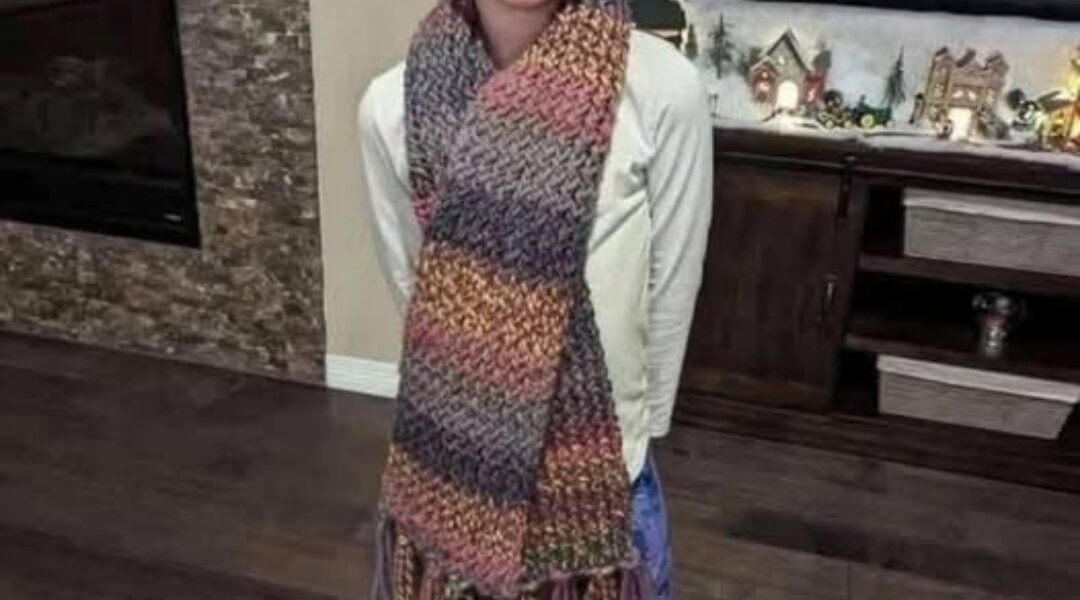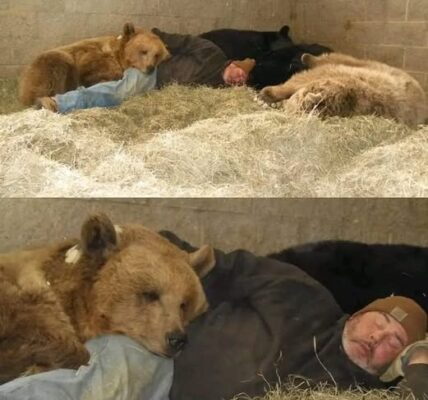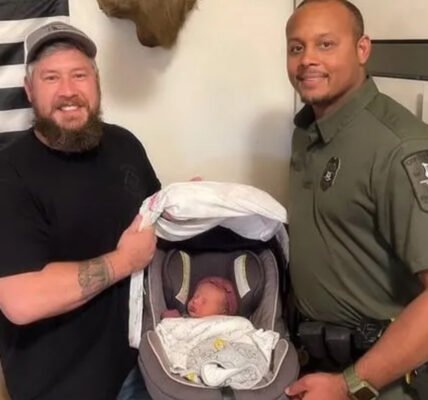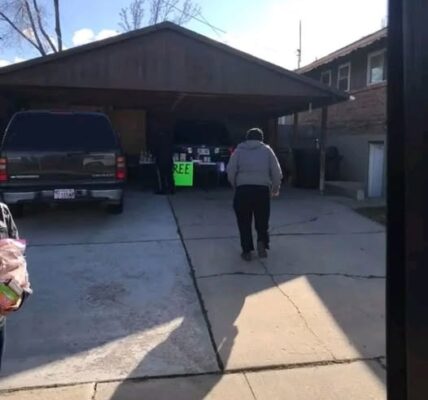
My daughter is twelve years old — tender-hearted, shy, and far older in soul than her years would suggest. She’s one of those children who listens more than she speaks, who notices everything, who feels too deeply for a world that can sometimes be unkind.
Last year was the hardest year of her life. The bullying at school started small — whispers, giggles, the kind of cruelty that hides behind smiles. But it grew until I’d find her in the bathroom during lunch, sitting in the corner, knees pulled to her chest, waiting for the bell. She said she just couldn’t bear the cafeteria anymore — the laughter that wasn’t for her, the empty tables that made her feel invisible.
So she began spending most of her time with me. While I worked on my craft orders in the evenings, she’d sit nearby — watching my hands move through the rhythm of creation. Loop, pull, tie, repeat. She rarely said much, but her eyes followed every motion, soaking in every detail like it was a kind of language she was learning to speak.
Those quiet afternoons became our world. Sometimes she’d hum softly under her breath. Sometimes she’d just sit there, tracing patterns in the yarn scraps that fell to the floor. I didn’t realize it then, but she wasn’t just watching. She was studying.
A few months passed, and I started noticing my yarn stash getting smaller. At first, I thought I’d miscounted — that I was just busier than usual. But one night, when I peeked into her room, I understood. She was sitting cross-legged on her bed, surrounded by little balls of yarn, her fingers clumsy but determined, trying to mimic my stitches.
She looked up at me, startled. “Sorry, Mom,” she said quickly. “I just wanted to try.”
I smiled. “You don’t have to apologize for creating,” I told her.
Then, last night, something beautiful happened. She came out of her room, her hands trembling slightly, and around her neck was a scarf — her first finished piece. She had made it completely on her own.
“Mom,” she said, her voice small but steady, “I want to make things for people too. For kids like me who don’t have many friends.”
I had to look away before she saw the tears welling in my eyes. In that moment, standing there with yarn still tangled in her hair, she wasn’t just my little girl. She was a creator. A healer. A survivor who had found a way to turn pain into purpose.
The scarf was beautiful. Truly beautiful. Not just “good for a twelve-year-old,” but genuinely breathtaking. The tension was perfect, the color transitions smooth and natural, the fringe lined up as neatly as anything you’d see in a boutique.
But what made it remarkable wasn’t the craftsmanship — it was the courage woven into every single stitch.
That scarf told a story no one had heard before. Of loneliness. Of quiet strength. Of a little girl who refused to let cruelty define her.
This morning, I found her up before dawn. The house was still, the sky pale with the first hint of light. She was sitting by the window, yarn in her lap, practicing new stitches. “For my future customers,” she said when I asked why she was awake so early. Her voice was calm, but her eyes gleamed with something fierce and new — hope.
And I realized then that she had done something extraordinary: while other kids had spent their time excluding her, mocking her, tearing her down, she had been busy building herself up — loop by loop, thread by thread.
I often think about how cruel the world can be to gentle souls like hers. How we teach children to fit in, but rarely to stand alone. Yet here she was, proving that solitude can be fertile ground — that even from silence, something beautiful can grow.
Her classmates might never understand the kind of courage it takes to sit alone in a cafeteria day after day. But one day, when they’re older, they might come across her work — a handmade scarf, a blanket, something crafted with quiet care — and they’ll feel it. The warmth. The love. The strength of a little girl who refused to break.
Because while the world turned its back, she found her purpose.
And while others chose cruelty, she chose creation.
One day, I hope people realize what I already know: some children don’t need crowds or applause to shine. They just need yarn, patience, and the courage to weave beauty out of loneliness — to stitch a life out of the threads everyone else overlooks.
And my daughter — my quiet, brave girl — has already started.




